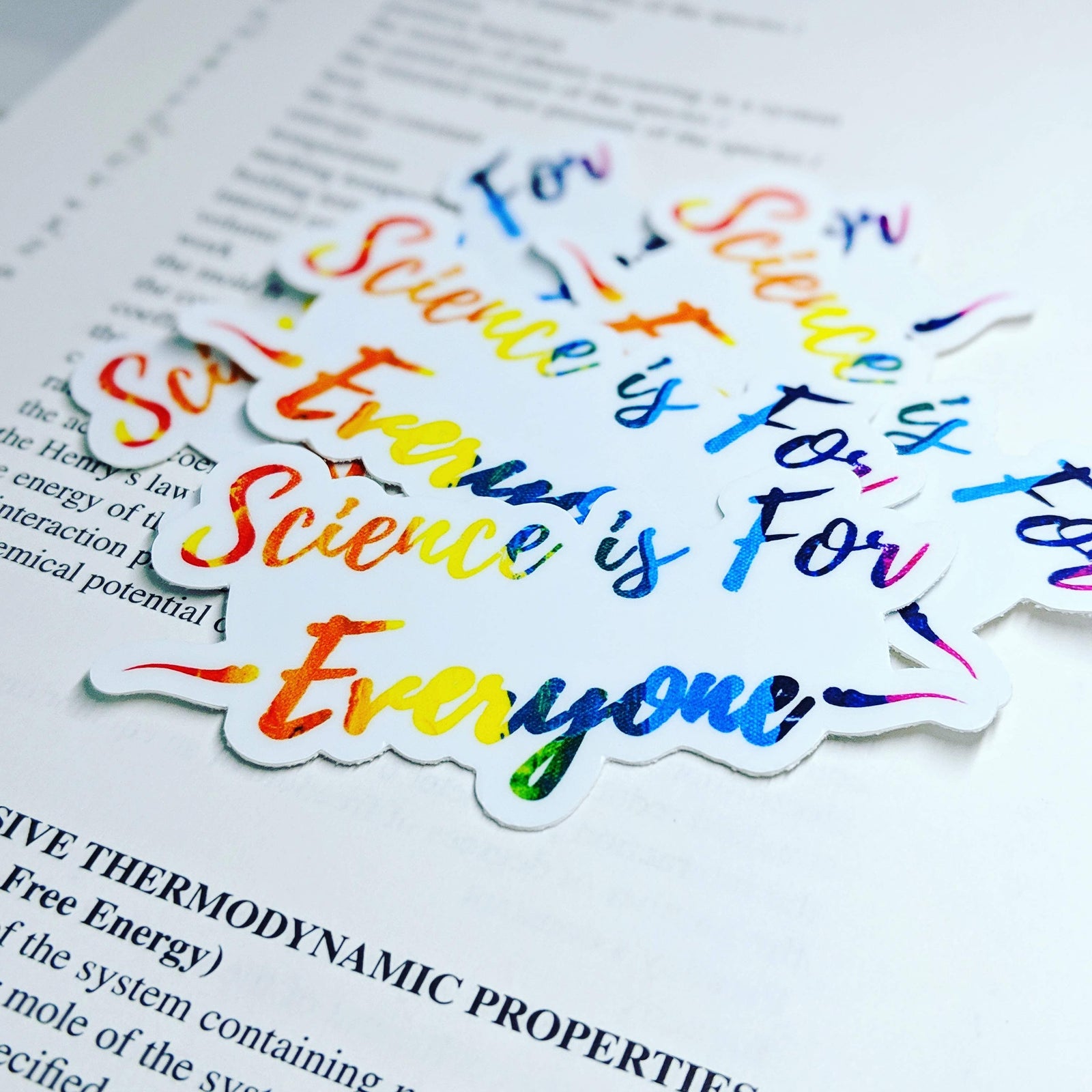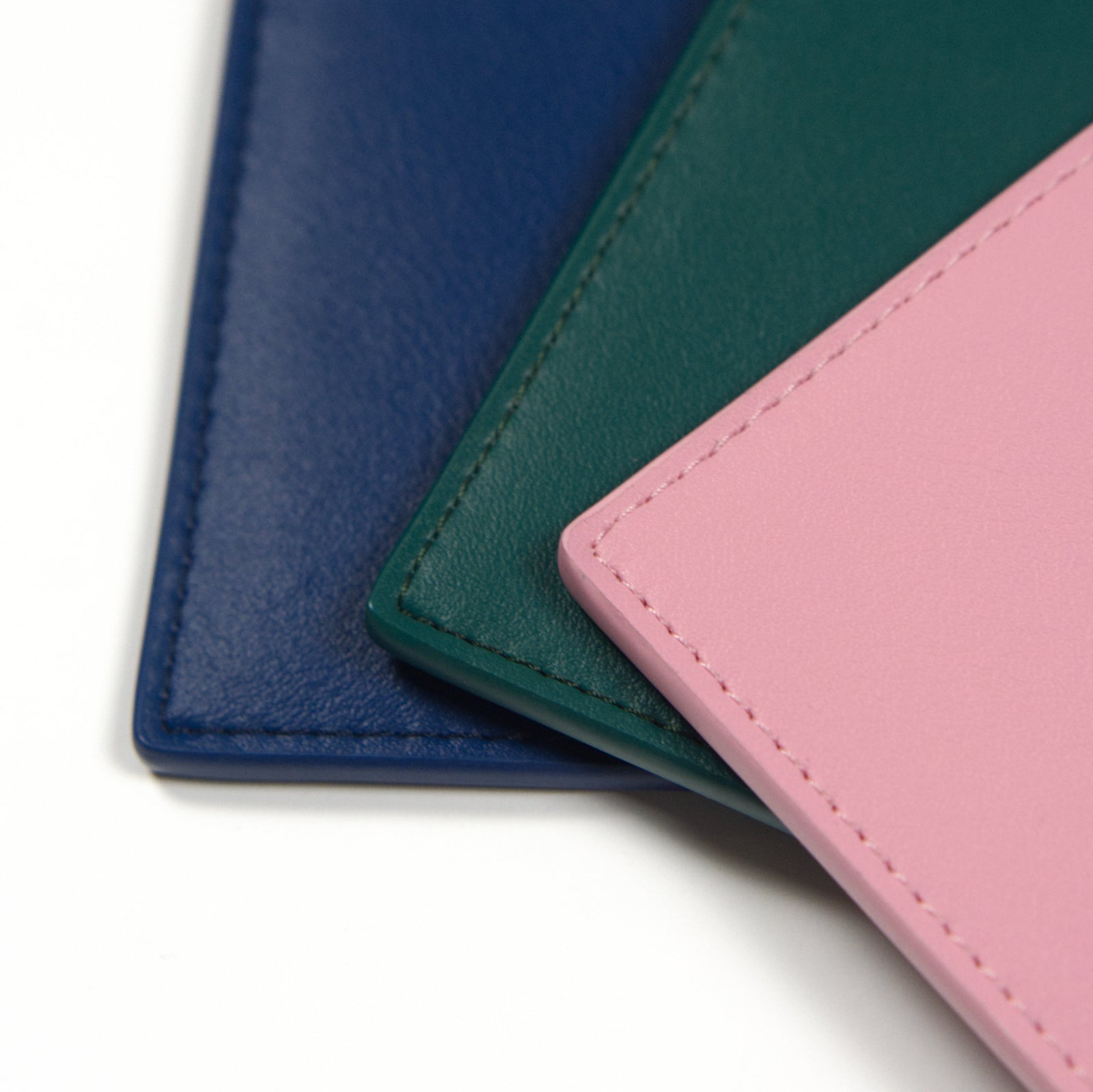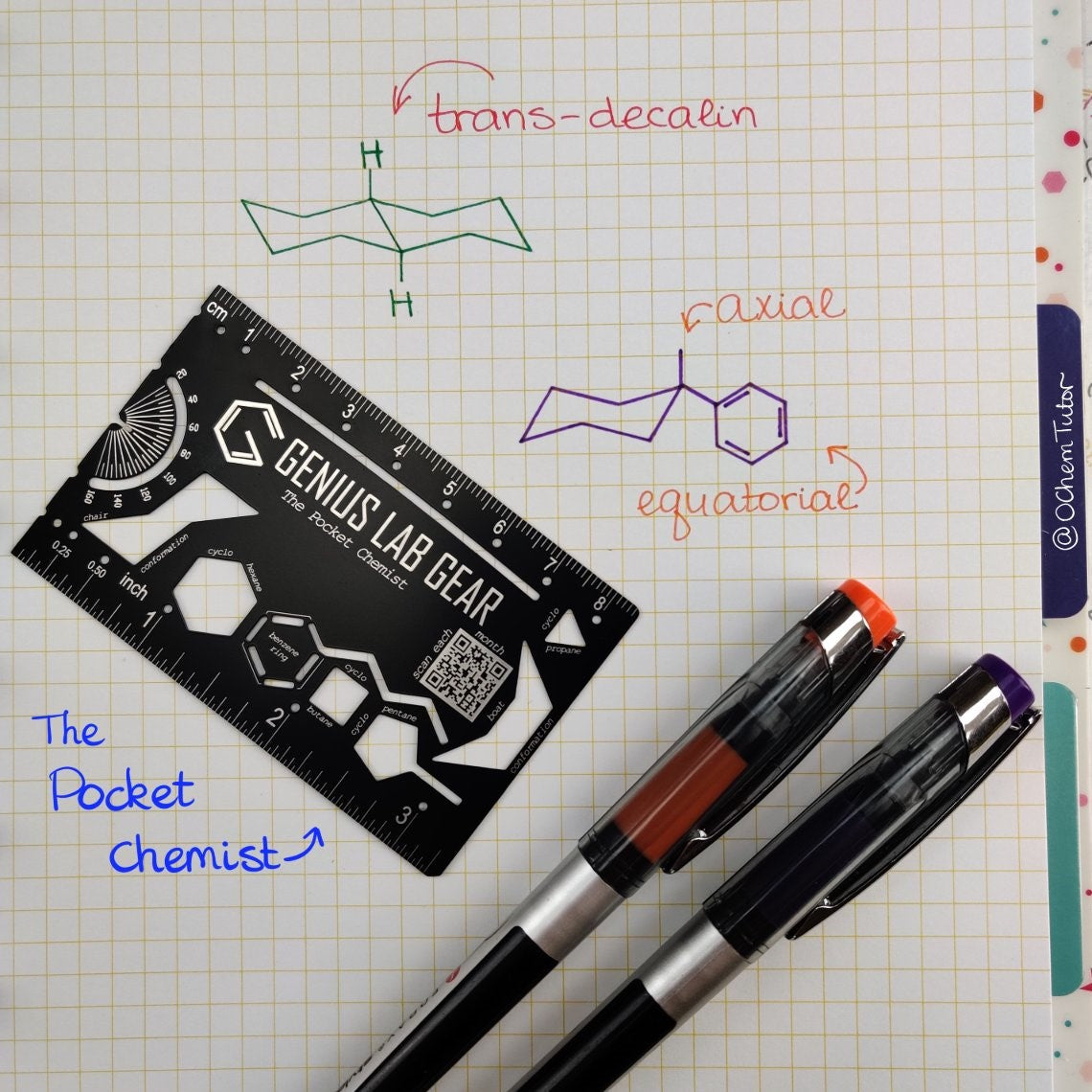Your Cart is Empty
Menu

7 Differences between Scientist and Doctor's lab coats
by Derek Miller 7 min read
Are you wearing a lab coat designed for a doctor? Or for a scientist? How can you tell?
We surveyed over 1500 scientists to figure out what they want in their perfect lab coat. In this article, I’ll break down the 7 key things you should look for when deciding what you should buy.
Why are most lab coats designed for doctors?
The first lab coats were worn by doctors, becoming the norm around 1915. Shortly after, scientists started using them when working with chemicals. Unfortunately for scientists, this design hasn’t really been improved for over 100 years. There are some truly excellent lab coats out there, but they are designed specifically for doctors. You can even see it in their names and on their websites: MEDelita, AllHEART, DOCTOR James.
Even Adar’s photos usually have stethoscopes, open fronts, and models wearing ties and dress pants:

The reason for this is pretty straightforward: Doctors are more willing to pay more money for high-end lab coats. They tend to have higher incomes and are less likely to destroy their lab coats while working. So these companies have catered to the group more willing to spend the money.
How are doctor’s lab coats different from scientist or chemistry lab coats?
Some of these doctor-centric lab coats have a lot of thought put into the design, but not for how scientists use them. These should not be used in a lab. Here’s why:
1. Lab coat fabric
Medical and clinical lab coats usually use a fabric with a high polyester content, and sometimes incorporates other synthetic fibers like rayon or spandex. These make great fluid barriers in a medical setting, but around heat and flames these can melt onto your skin and trap you inside!
For most scientists, a 100% cotton lab coat will usually meet standard safety requirements. These cotton lab coats will still burn, but the fibers will disintegrate instead of melting to your skin. Check with your lab safety manager for any other special requirements around fabric content, FR coatings or chemical protection. Cotton will absorb acids readily, leaving holes, so make sure to add long butyl gloves and a splash apron when handling hazardous concentrations!
2. Special treatments to the lab coat material
The higher-end medical lab coats often have stain-resistant or antimicrobial coatings that add chemicals to the fabric and can increase the flammability. Plus, it’s hard to predict how these might interact with splashes of all the chemicals you use.
Furthermore, lab coats used in research are often washed at very high temperatures (150 F or higher) and with harsh chemicals. These coatings may not be effective after a few industrial-strength washes. Check the wash instructions on the tags for a maximum temperature and any special properties like the ones we show below.

3. Collar type
Traditional doctor’s white coats have an open lapel collar, because it looks a little fancier and they often need room for a dress shirt and tie underneath. But if you’re wearing a t-shirt or low-cut blouse this exposes your chest to exploding waste containers and splashes. You are giving glass an open line of sight straight to your jugular! See this example from Adar:

Scientist lab coats should have a collar with snaps all the way up to your collar bone, usually called a Howie collar. It looks a bit like a chef’s collar or “Mandarin” collar. The glass of the fume hood should help protect your neck and jaw, and you should be wearing a face shield when working with more dangerous chemicals to help as well.
4. Sleeve cuff type
Every doctor’s coat also has loose, straight cuffs. Again, because they have a cleaner and dressier look in a patient office. But they also hang down and make you knock over your glassware at the bench. PLUS they usually expose your wrist to drips of acids and media when you’re reaching in the fume hood.
Lab coats used in science, chemistry and biology should usually have knit cuff sleeves. These gently hug your wrist, keeping the cuff fixed in place when you reach. This protects your skin from accidental chemical drips AND protects your experiment from your own skin cells and hairs falling in! As a bonus, they help your lab coat sleeves fit better, since a few extra inches of sleeve length will be absorbed in the arm, not at the cuff.

5. Buttons vs. snaps
For some reason, doctors LOVE large threaded plastic buttons on the front. They make it look more like a suit jacket, but doctors rarely even use them because they don’t actually need the protection. But if you’re in the lab and spill acid on yourself, or catch on fire, buttons make it hard to get out of your lab coat quickly. Try undoing 5 of these while you’re arm is on fire!


Lab coats for scientific research and ESPECIALLY student chemistry labs should have metal snaps so you can rip it off in 2-3 seconds. The metal snaps won’t melt like plastic buttons, and you don’t even need to touch them to undo it.
6. Lab coat color
Doctors always wear white lab coats, but scientists can really choose any color if it’s available. Many labs have color-coded lab coats based on their safety performance or for different steps of a process to prevent cross-contamination. Dyes can change the feel of the material, so watch out for that if you order multiple colors of one lab coat.
7. Types of pockets and loops
The best doctor’s lab coats are designed for things doctors use - they have pockets sized for iPads, loops to hold stethoscopes, and maybe one little pen slot for taking notes.
But you don’t use a stethoscope and an iPad. You use a pipette and safety glasses, and a dozen other utensils. So why would you wear a lab coat designed for a doctor’s office?
What lab coats are designed for scientists to use in laboratories?
Now there are other labs coats meant specifically for scientists. But saying they were “designed” for scientists is an overstatement. Usually, the material meets the safety requirements, but the fit, sizing, features and pockets are an afterthought.
Take the first search results on Fisher Scientific below: No size charts, 3 big, awkwardly placed rectangular pockets, and it’s unisex! (That means it was really designed for MEN). For $45! Plus, it's not returnable, so we hope you guess your size correctly.

If you’re working in extremely hazardous environments, the best material you can get is called Westex ShieldCXP. It has the miracle combination of flame resistance AND protects against most chemical splashes. BUT it’s extremely expensive and usually only used when absolutely necessary. Take this Bulwark lab coat for example. It uses this ShieldCXP material and costs $270! This is probably the most expensive lab coat in the world, but it does give excellent protection.

Key features of scientist lab coats for research:
So, let’s say you’re a newish scientist looking for a solid mid-range lab coat to help limit your exposure and make your work go smoothly in the lab.
What should you look for when you buy a lab coat?
- Around heat or flames, go for 100% cotton. If you only work with biological fluids with no heat, a high polyester content lab coat might be a better barrier. Cotton is more breathable, but also absorbs liquids more easily.
- Avoid lab coats with antimicrobial or anti-stain coatings unless you know exactly what chemical treatments were used on the fabric.
- Look for a collar that buttons all the way up to your neck to keep your chest protected from chemicals and burns.
- Get a lab coat with long knit cotton cuffs that hug your wrists, protecting them from drips when you reach and making you less clumsy around glassware.
- Make sure it has all-metal quick-release snaps when you’ve got to get out fast in a fire or when everyone else is leaving for lunch.
- Go for lab coats that have pockets and loops designed for working in a laboratory! This will help you work faster and stay more organized.

Where to buy lab coats for scientific research?
Now you’re probably thinking about where you’re going to look for a lab coat like this. Well I have good news and bad news:
- The bad news is that we COULD NOT find any 100% cotton lab coats that had every single one of these features.
- BUT, the good news is, with the feedback of over 1000 scientists, we designed one that does.
We were a little frustrated with all the "doctor"-focused options out there, so after gathering feedback from over 1500 scientists, we designed, tested, and are launching our own.
With strong metal snaps, long knit cuffs, a convertible up/down collar, more pockets than any other lab coat and even an adjustable belt to give you some shape, we really think this is going to be the best lab coat for general chemistry lab classes ever made.
After 2 years of development and testing, these are now in stock and ready to ship. Visit The Lab Coat Project page here to see more details.

FAQ’s
What’s the difference between scientist and doctor lab coats?
- Doctor’s aren’t very concerned with actual protection - they want to look clean and professional. Scientist lab coats need special materials like 100% cotton, FR cotton, or Nomex. Scientists lab coats should also have snaps instead of threaded buttons, knit cuffs on the sleeves, and a high collar to prevent chemical burns on your chest.
What brands of lab coats are for scientists?
- Scientific supply websites like Genius Lab Gear, Bulwark and Fisher Scientific make lab coats specifically designed for scientists. Bulwark has the most expensive and high-tech materials. Fisher has the cheaper, standard ones without much thought in the design. Genius Lab Gear designed a 100% cotton lab coat for scientists after surveying over 1500 scientists and incorporating all of their suggestions.
Lab Coat Guides
Stay up to date
Drop your email to receive new product launches, subscriber-only discounts and helpful new STEM resources.
Disclosure
As an Amazon Associate I earn from qualifying purchases.
Lab Coats designed by scientists
Our lab coats were designed from the feedback of over 1000 scientists as a part of The Lab Coat Project. It's a crowdsourced design specifically for scientific research with high-end features at an affordable price.
The "Louis" Men's Cotton Lab Coat
best-sellers-gifts-gear-and-art-for-scientists-and-engineerslab-coats
The "Louis" Men's Cotton Lab Coat from
$49.95
The "Louis" Men's Cotton Lab Coat from
$49.95
The "Curie" Women's Cotton Lab Coat
best-sellers-gifts-gear-and-art-for-scientists-and-engineerslab-coats
The "Curie" Women's Cotton Lab Coat from
$49.95
The "Curie" Women's Cotton Lab Coat from
$49.95
Pocket Protector for Lab Coats
gifts-for-professors-and-grad-school-pisgifts-for-scientists-and-engineersbest-sellers-gifts-gear-and-art-for-scientists-and-engineersunique-gifts-for-chemists-and-chemistry-studentsunique-gifts-for-engineersunique-gifts-for-graduate-and-phd-studentslab-coatslab-gearstem-pocket-tools
Pocket Protector for Lab Coats from
$13.45
$40.35
Pocket Protector for Lab Coats from
$13.45
$40.35
Collection list

Science-themed Stickers
Science-themed Stickers
Science-themed Stickers
View All
Plus-sized and Petite Lab Coats: Fit and Buying Guide
6 min read
Finding a lab coat that fits well can be a real challenge for many women, especially those that would consider themselves curvy, plus-sized, and petite. We surveyed over 800 female scientists. This article will share their most common problems with lab coats and how to solve them.

7 Differences between Scientist and Doctor's lab coats
7 min read
Are you wearing a lab coat designed for a doctor? Or for a scientist? How can you tell? We surveyed over 1500 scientists to figure out what they want in their perfect lab coat. In this article, I’ll break down the 7 key things you should look for when deciding what you should buy.

Lab Coats with Knit Cuffs vs. Open Cuffs (What’s best for scientists?)
4 min read
We surveyed over 1500 scientists on what makes the best lab coat. Their comments reveal that small upgrades to your lab coat can be LIFE CHANGING (or feel like it). There’s a fierce debate between the knit cuffed sleeve and the straight open cuff camps, but our survey data reveals one clear favorite.
GET UPDATES ON NEW LAB COAT DESIGNS
Drop your email to be notified when new lab coat designs are released, plus our monthly resource newsletter.







